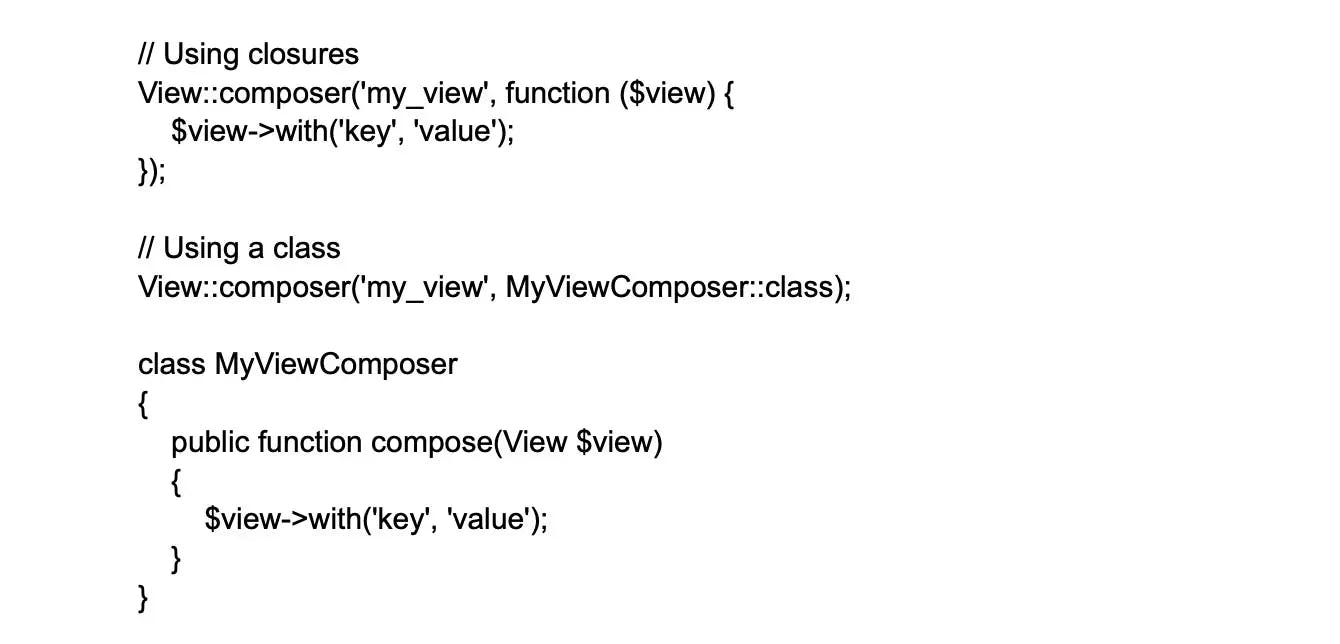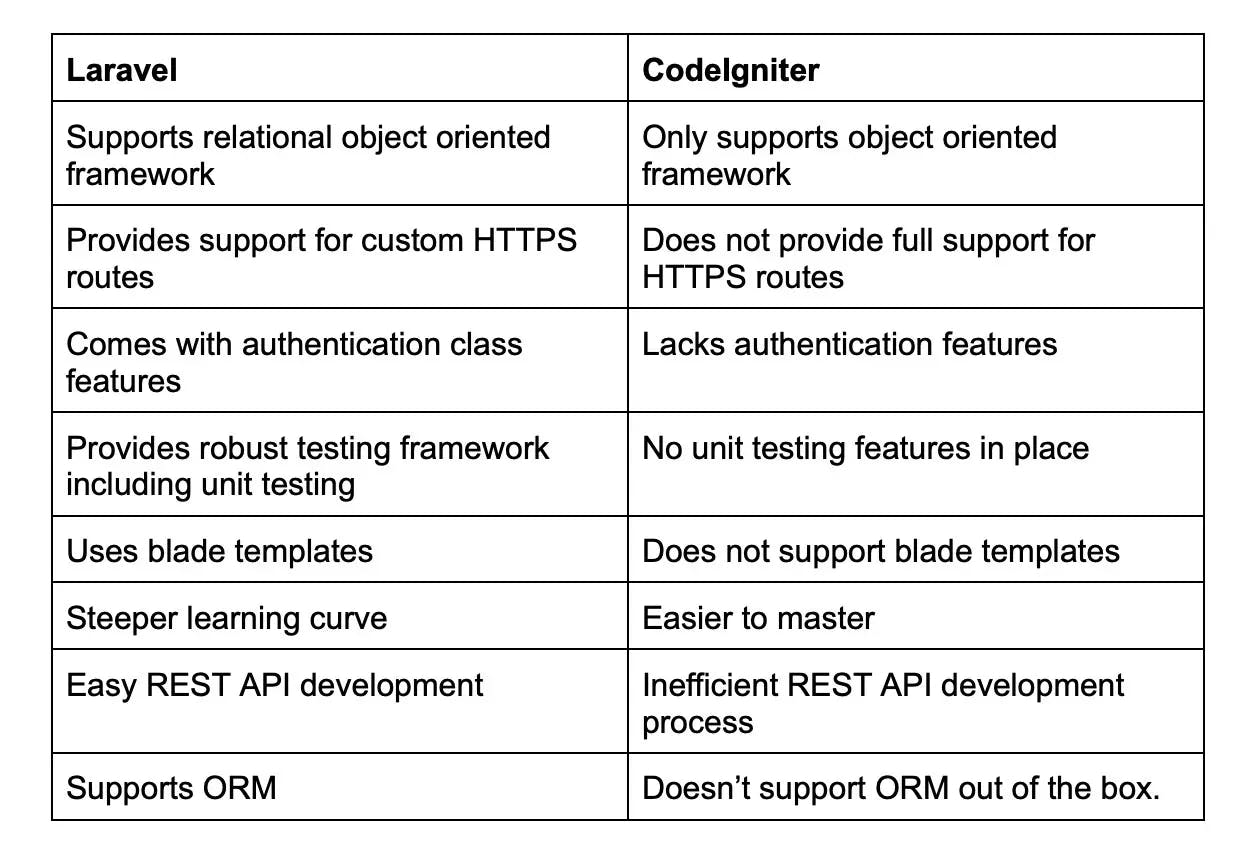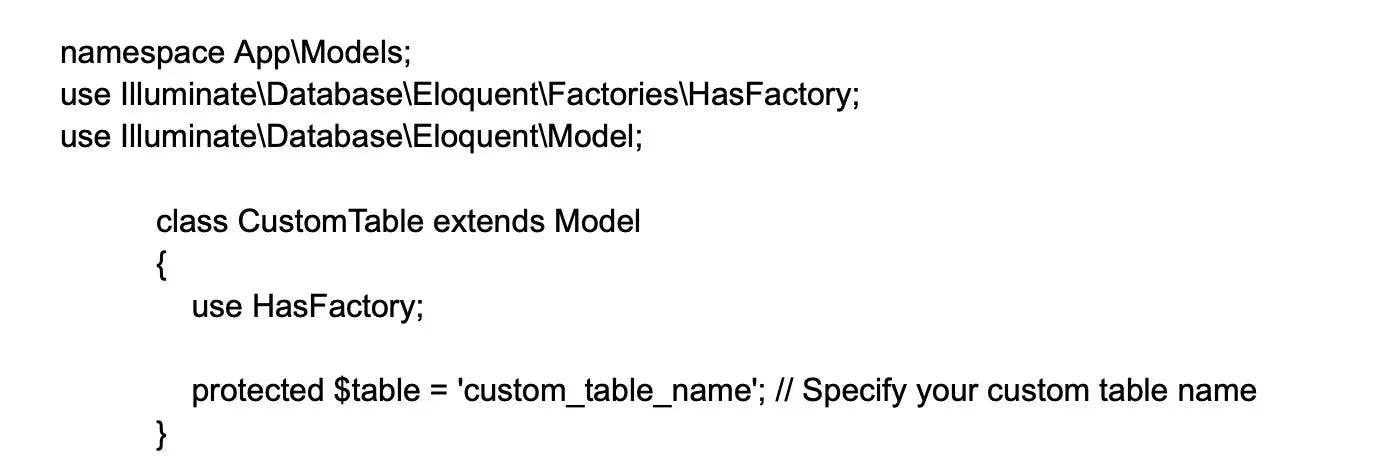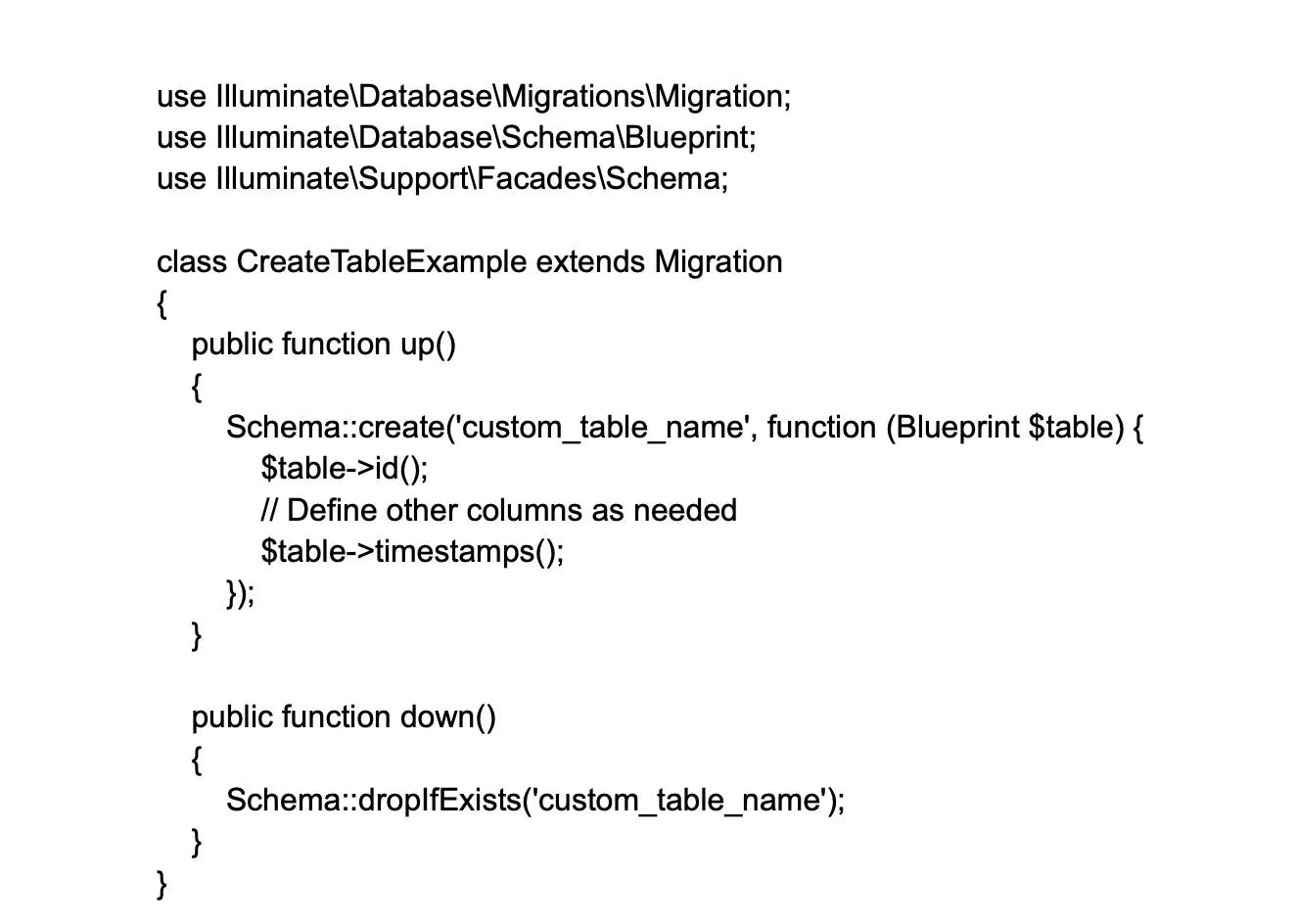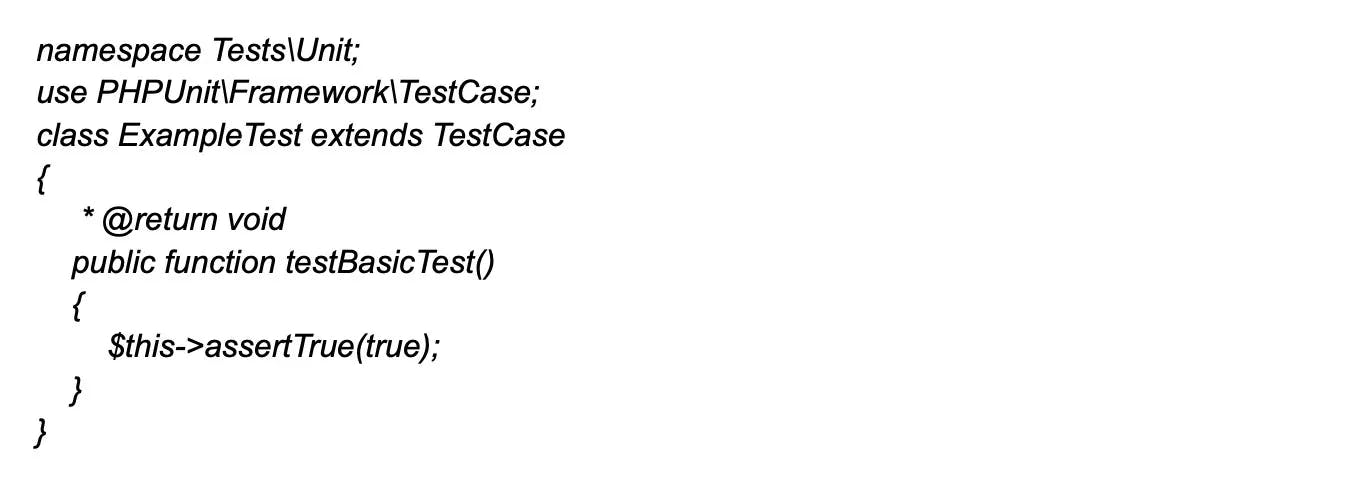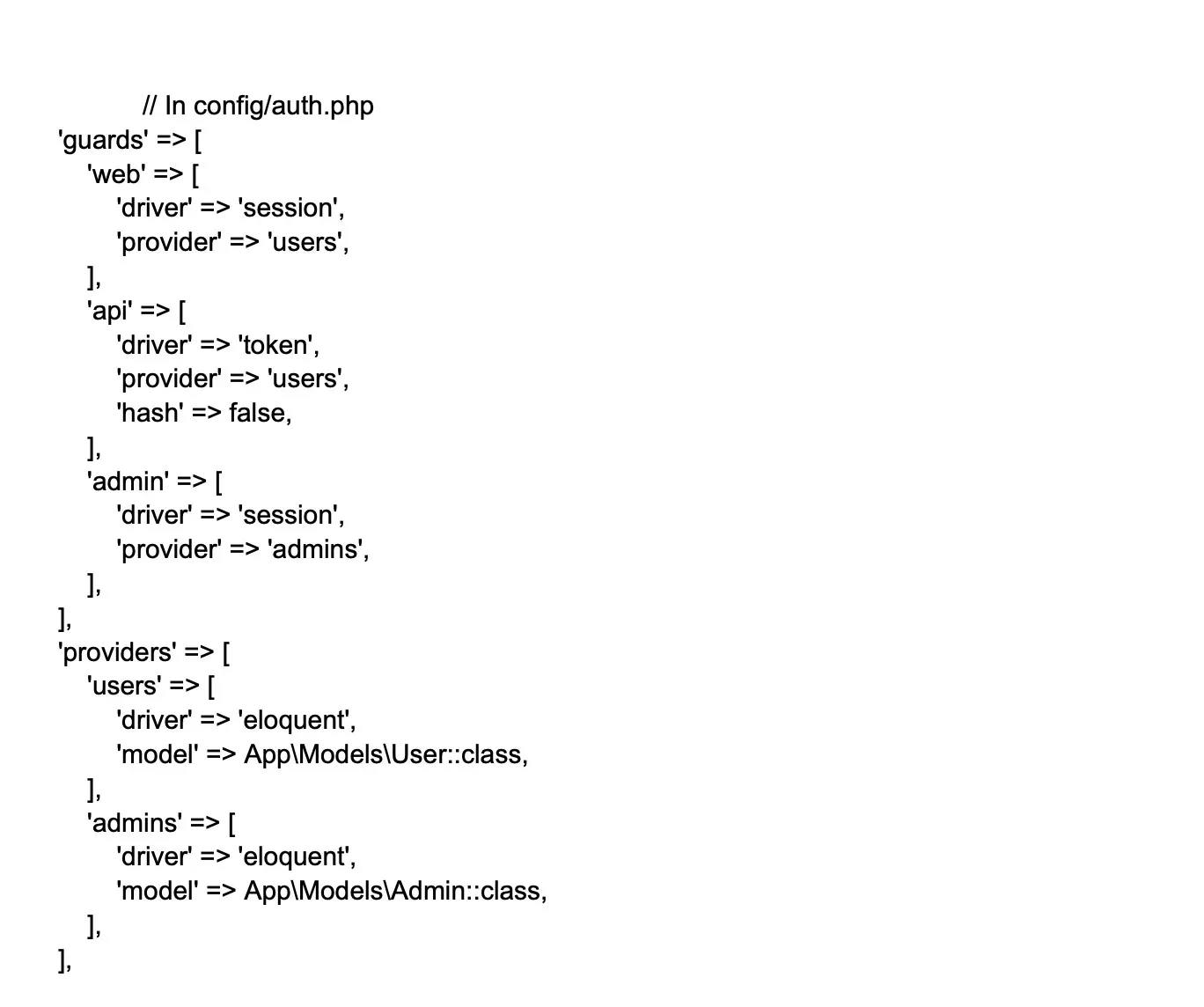
Laravel
Basic Interview Q&A
1. Can Laravel be used for Full Stack Development (Frontend + Backend)?
Laravel is the best choice for creating progressive, scalable full-stack web applications. Full-stack web applications can have a backend written in Laravel and a frontend built with blade files or SPAs built with Vue.js, which is included by default. However, you can also use it simply to provide rest APIs to an SPA application. As a result, Laravel can be used to create full-stack applications and just backend APIs.
2. Tell us about your prior experience as a remote Laravel developer.
With such questions, recruiters often look to get a clear understanding of your experience in the remote-first model. If you have prior experience of working in such a role, it will help to improve your chances of getting selected for the role. To increase your chances, you could provide a quick and crisp peek into your daily work life.
3. Have you ever faced any challenges while working in distributed teams?
The recruiter may want to know what kind of hurdles have you faced through your journey as a a remote developer. You could try answering these questions by stating not just the challenges but also what measures you took to overcome them.
4. What kind of tools did you use for the remote role to stay connected?
Companies often look to bring in people who can blend into new operational structures quickly. State the types of applications or software you use on a daily basis along with the purpose of each to shed light on your remote work experience. Mention the types of tools you use on daily basis for - communication, calls, project management, and more.
5. Do you find it difficult to focus on work as a remote developer?
The recruiter is trying to understand your capability to cope with the remote structure. You can explain how you manage tasks and deadlines without any monitoring. This will help in creating a good impression on the recruiters.
6. What is the latest version of Laravel?
The most latest version of Laravel is version 10.12, which includes the addition of conditional methods to Sleep, a newly introduced job timeout event, and validation parameters for time zones.
7. Mention the databases supported by Laravel.
Laravel, through its Eloquent ORM (Object-Relational Mapping), supports various relational database systems, allowing developers to choose the one that best fits their application requirements. The supported databases include:
MySQL: An open-source, widely-used relational database management system.
PostgreSQL: A powerful, open-source object-relational database management system with an emphasis on extensibility and standards compliance.
SQLite: A self-contained, serverless, and zero-configuration database engine, ideal for development and testing environments.
SQL Server: A proprietary database management system developed by Microsoft.
8. Explain what is composer in Laravel.
In Laravel, the composer is a tool that works as a package manager for the framework. The composer helps to add fresh new packages and libraries from different sources directly into the application. One of the most common examples used for authentication purposes is a Passport. It generates a composer.json in the project directory to track all linked packages. Passport package can easily be easily installed with composer.
9. What is maintenance mode in Laravel.
In Laravel, maintenance mode is a feature that allows you to put your application into a temporary "maintenance mode" in order to perform updates, upgrades, or maintenance on the server without affecting the user experience.
When maintenance mode is enabled, users trying to access your application will see a "503 Service Unavailable" error page, indicating that the site is currently down for maintenance.
To enable maintenance mode in Laravel, you can run the php artisan down command from the command line. This will create a down file in the storage directory, which will trigger the maintenance mode.
10. What is a Route in Laravel?
A route in Laravel refers to the mapping of a user-requested URL to a specific action, method, or callback function within the application. In other words, it defines the way an application responds to a client request through a specific URL pattern.
Routes play a crucial role in organizing the flow and handling of HTTP requests in a Laravel application. They can be defined in the route files stored within the routes directory of your project. The primary route files include web.php, api.php, console.php, and channels.php.
11. Mention the default route files used in Laravel?
In Laravel, the default route files are used to define various types of routes for your application. These files are stored in the routes directory within your project. The main default route files include:
web.php: This file contains routes intended for web applications, which need features like sessions, CSRF protection, and cookies. These web-based routes are assigned the web middleware group.
api.php: This file is dedicated to routes that cater to APIs, where stateless requests are expected. Routes defined in this file are automatically assigned the api middleware group, which includes rate limiting and token-based authentication.
console.php: This file is used for defining Artisan commands; these custom commands can be executed in the command line, making it easier to manage and automate tasks within your application.
channels.php: This file is designed for defining and customizing broadcast channels for your Laravel application. It handles real-time data broadcasting using WebSockets and handles channel authorization.
12. What is soft delete in Laravel?
In Laravel, soft delete refers to a feature that allows you to "delete" a record from the database without permanently removing it. When a record is soft deleted, a timestamp is added to the record's deleted_at column instead of the record being entirely removed from the table. This way, the record is marked as deleted but is still retained in the database.
Soft delete functionality is useful when you want to allow for the recovery or restoration of deleted records in case of accidental deletions or when displaying a history of deleted items is needed in your application.
13. Explain what are models in Laravel.
In Laravel, models are a crucial part of the MVC (Model-View-Controller) architectural pattern. A model represents the data structure and the business logic of your application. It interacts with the database by providing an abstraction layer for working with your data. Models communicate with tables in the database, allowing you to fetch, insert, update, and delete records through an object-oriented syntax.
Laravel uses the Eloquent ORM (Object-Relational Mapping), which is an active record implementation, making it simple to work with database records as objects. With Eloquent, you can easily map your database tables to models within your application. Each model corresponds to a single table in the database, and each instance of that model represents a row or record within the table.
14. What is the process of defining environment variables in Laravel?
In Laravel, environment variables are used to store and manage sensitive configuration values, such as API keys, database credentials, or other settings that may vary between different development, staging, or production environments. By using environment variables, you can keep sensitive data and environment-specific configurations separate from your codebase, ensuring better security and maintainability.
15. Explain migrations in Laravel.
Migrations in Laravel are a powerful feature that allows you to manage and version your database schema through code. They are like version control for your database, enabling you to modify your database schema in a clear, structured, and maintainable way.
Migrations in Laravel work by creating schema files that contain instructions to create, update, or delete tables and columns in the database. These schema files are stored in the database/migrations directory and are executed in the order specified by their timestamps.
16. What is the importance of migration in Laravel?
Migrations play a crucial role in Laravel development by providing an organized, version-controlled, and collaborative approach to handle database schema changes. The importance of migrations in a Laravel project can be attributed to the following factors:
Version Control: Migrations act like version control systems for your database schema, allowing you to track and manage schema changes in a structured and reusable manner. This makes it easier to roll back to previous schema states if needed.
Collaboration: When working with a team, migrations help keep the database schema consistent across all development environments. Developers can share and sync schema changes with others, minimizing conflicts and ensuring coherence.
Deployment: Migrations make deploying applications to different environments, such as staging and production, more streamlined. You can apply incremental schema changes to the target environment without having to reproduce the entire database manually.
Code-Based Schema Management: Migrations allow you to modify the database schema using PHP and Laravel's schema builder, which makes your schema more readable, maintainable, and versioned along with your code.
Database Agnosticism: Since Laravel migrations use the schema builder, migrating between different database systems (MySQL, PostgreSQL, SQLite, or SQL Server) becomes easier, as you don't need to write raw SQL queries specific to a particular database system.
17. What is the significance of seeders in Laravel?
In Laravel, seeders are a valuable feature that facilitates the population of your database tables with sample or default data. Seeders are PHP classes used to define and manage test or initial data for your application. They are especially helpful during the development phase, where quickly filling tables with data aids in testing, presenting, and developing features without manual input.
18. What are ‘Bundles’ in Laravel?
In Laravel 3.x, 'Bundles' were a way of extending the functionality of the core Laravel framework by adding third-party packages or modules. These bundles were similar to what we now know as packages in the modern Laravel ecosystem.
However, since Laravel 4.x introduced the improved package management system based on the composer, the term 'Bundles' is no longer officially used. Instead, packages are used for incorporating additional features or functionality into your Laravel projects. These packages can be installed and managed through the Composer dependency management tool, making it easier to include and maintain third-party code in your applications.
19. Mention some essential directories used in Laravel applications.
Laravel applications have a well-structured directory hierarchy to organize and manage different components of the application. Here are some essential directories used in Laravel applications:
app: This directory contains the core components of a Laravel application, including models, providers, console commands, and mail classes. It also houses the Http directory, where controllers, middleware, and other HTTP handling logic are stored.
config: This directory stores all configuration files related to the application, such as database connection settings, caching drivers, mail configurations, and so on.
database: This directory contains all files related to the application's database structure, such as migration files, seeders, and factories.
public: This directory acts as the public-facing entry point for your web application, holding assets like compiled CSS, JavaScript files, and images. It also contains the index.php file, which is the entry point for incoming HTTP requests.
20. Explain what is a controller?
A controller is an essential component in the Model-View-Controller (MVC) architectural pattern, which most modern web frameworks, including Laravel, adhere to. In the context of web applications, a controller acts as an intermediary between the model (data) and the view (presentation). It receives input from the user (typically in the form of HTTP requests) and processes that input based on the application's business logic.
Controllers are responsible for the following tasks:
- Handling and processing incoming HTTP requests.
- Interacting with models to retrieve, store, update, or manipulate data.
- Processing the data to prepare it for displaying in the view, if needed.
- Rendering the appropriate view and returning the response to the user.
21. Can you explain reverse routing in Laravel?
In Laravel, the process used for generating URL based on symbols or names is referred to as reverse routing. It allows developers to create links to specific routes within their application without hard-coding the URL. This can be particularly useful when working with dynamic or changing URLs, as it allows the URL to be generated automatically based on the name of the route.
22. What are contracts in Laravel?
In Laravel, contracts are a set of interfaces that define the core services provided by the framework. Contracts offer a standardized and clearly defined API for these services, which can include authentication, caching, mail, queue, session, and many others. By adhering to their corresponding contracts, different implementations of the services can be used without altering the core Laravel code.
The primary purpose of contracts in Laravel is to ensure code flexibility, maintainability, and robustness. Contracts promote better code organization and ease the process of creating testable, decoupled, and interchangeable implementations of various services.
23. What are events?
Events in Laravel are a way to implement the event-driven programming paradigm, where actions and communication between different components of your application are orchestrated through events and event listeners. Events act as hooks or points of interest within your application's lifecycle where certain actions or behaviors should be triggered. Event listeners, on the other hand, are responsible for handling specific events by executing code in response to those events.
24. State some of the advantages of selecting Laravel.
Laravel is a popular and feature-rich PHP framework that offers several advantages for building modern web applications:
Eloquent ORM: Laravel's built-in Object Relational Mapping (ORM) provides an elegant, expressive, and easy-to-use way to interact with databases using an object-oriented approach.
MVC Architecture: Laravel follows the Model-View-Controller (MVC) architectural pattern, promoting a clear separation of concerns for better code organization, maintainability, and scalability.
Routing: Laravel's simple, yet powerful routing system makes it easy to define and manage routes for your application, resulting in clean and expressive URL structures.
Blade Templating Engine: Laravel includes the Blade templating engine, which provides an intuitive, convenient, and secure way to build user interfaces and render views with reusable components.
Built-in Authentication: Laravel offers out-of-the-box user authentication and authorization, making it easy to set up secure and functional systems for user registration, login, password management, and access control.
Artisan Console: Laravel's Artisan CLI tool comes with numerous built-in commands for common tasks such as generating migrations, controllers, models, and more. It also supports the creation of custom commands to automate repetitive tasks.
Database Migrations & Seeding: Laravel's migrations and seeders allow you to manage, version, and automate your database schema and sample data in a unified and clear way.
25. In short, how would you reduce memory usage in Laravel?
Developers often use the ‘cursor method’ while processing large amounts of data on Laravel. The method is well regarded for its exceptional speed and reduced memory usage. When you use the cursor method, Laravel retrieves the results in small chunks instead of loading the entire dataset into memory, which helps to avoid memory issues when dealing with large datasets.
The cursor method uses PHP generators to yield a single record at a time, instead of loading the entire dataset into memory all at once. By yielding one record at a time, the cursor method allows you to process extensive datasets in a memory-efficient manner, without consuming a significant amount of RAM.
26. Mention the types of relationships found in Laravel Eloquent.
Laravel Eloquent provides a simple way to define relationships between your models, making it easy to manage related data in your database. The following are the primary types of relationships supported by Eloquent:
One-to-One: This relationship is used when one record in a table is associated with exactly one record in another table. To define a one-to-one relationship, use the hasOne and belongsTo Eloquent methods in their respective models.
One-to-Many: This relationship represents a situation when one record in a table is associated with multiple records in another table. Use the hasMany method in the parent model and the belongsTo method in the related model to define a one-to-many relationship.
Many-to-One: This is the inverse of a one-to-many relationship, where multiple records in one table are related to a single record in another table. The belongsTo method is used to establish a many-to-one relationship.
Many-to-Many: In this relationship, multiple records in one table are associated with multiple records in another table. To define a many-to-many relationship, use the belongsToMany method in both models. Additionally, an intermediary table (pivot table) is required to store the associations.
Has-One-Through: This is an indirect one-to-one relationship where a relationship exists between two distant tables through an intermediary table. Use the hasOneThrough method in the initial model to define this relationship.
Has-Many-Through: This is an indirect one-to-many relationship where one record in a table is associated with multiple records in another table via an intermediary table. Use the hasManyThrough method in the initial model to define this relationship.
Polymorphic Relationships: This type of relationship allows a model to be associated with multiple types of related models on a single association. Laravel supports both one-to-many and many-to-many polymorphic relationships, using the morphTo, morphOne, morphMany, morphToMany, and morphedByMany methods.
Many-to-Many Polymorphic Relationships: This is an extension of polymorphic relationships where many-to-many relationships can occur between different types of related models. Use the morphToMany and morphedByMany methods in the relevant models to define this relationship.
27. What is Lumen?
Lumen is a micro-framework created by Taylor Otwell, the same person who developed Laravel. Often referred to as a smaller, faster, and lighter version of Laravel, Lumen is built for speed and is specifically designed for building microservices, APIs, and simple web applications.
Lumen retains the familiar Laravel syntax and core components, but it removes some built-in features that are not crucial to building small to medium-sized applications, resulting in better performance and a smaller footprint.
28. What does Laravel use to generate URLs?
Laravel provides a built-in URL generation system that makes it easy to generate URLs for your application's routes and assets. The main components used by Laravel to generate URLs are:
URL Helpers: Laravel includes several global helper functions such as url(), asset(), route(), and action(), which help generate URLs based on specified routes, controller actions, or asset files. These functions consider your application's base URL, making it easy to generate the correct URL structure for your application.
Named Routes: Named routes in Laravel allow you to assign a name to a specific route, making it easier to generate URLs for that route without hardcoding the actual URI. You can use the route() helper function with the assigned name to generate a URL for that specific route.
Route Parameters: When defining routes with parameters, Laravel allows you to generate URLs that include those parameters using the same URL helpers, such as route() and action().
URL Generator Class: Laravel also includes an Illuminate\Contracts\Routing\UrlGenerator contract that provides a fluent interface for generating URLs. You can inject this contract into your classes, or use it through the app('url') service container binding.
29. What is socialite in Laravel?
Laravel Socialite is a quick method for authenticating users using the OAuth providers. It allows developers to provide a quick link or simple button for users to click and initiate the authentication process from the home page. It simplifies the process of authentication with popular social networks such as Facebook, Google, Twitter, LinkedIn, and GitHub.
30. Explain the Laravel cursor method.
The cursor method in Laravel is a memory-efficient solution for processing large datasets retrieved from your database, particularly when using Eloquent ORM. Rather than loading the entire dataset into memory at once, the cursor method allows you to process the records one by one, using PHP generators to yield each record individually.
31. In Laravel, which class is used for handling exceptions?
In Laravel, the App\Exceptions\Handler class is responsible for handling exceptions. It extends the Illuminate\Foundation\Exceptions\Handler class, which is provided by the Laravel framework. The Handler class is located in the app/Exceptions directory.
The Handler class contains two primary methods for handling exceptions:
report: This method is used to log exceptions or send them to external services, such as error monitoring tools. By default, it logs exceptions to the file specified in the config/logging.php configuration file in the 'log' channel.
render: This method is responsible for converting the given exception into an HTTP response that will be sent to the user. It can also handle different exception types, such as 404 Not Found or 500 Internal Server Errors, and render appropriate error pages or JSON responses based on the application context (web or API).
32. Mention some commonly used artisan commands in Laravel.
PHP artisan down: This command puts the application into maintenance mode, which allows you to perform maintenance tasks without affecting your users.
PHP artisan up: This command takes the application out of maintenance mode, allowing users to access the site once again.
PHP artisan make:controller: This command generates a new controller class for your application.
PHP artisan make:model: This command generates a new Eloquent model class for your application.
PHP artisan make:migration: This command generates a new database migration file, which allows you to modify your database schema.
PHP artisan make:middleware: This command generates a new middleware class for your application, which can be used to modify HTTP requests and responses.
Wrapping up
These Laravel interview questions should help you to understand what type of prep would be ideal for top remote Laravel developer jobs in the coming years. Apart from technical understanding, as a developer, you should also try amping up your communication skills and organizational habits to improve chances of getting hired.
If you are a hiring manager, these questions provide a comprehensive overview of the major concepts related to Laravel that you can ask candidates to evaluate their proficiency in the framework. If you want to reduce the hiring time and simplify the entire recruitment process you can book a call with Turing now to manage the entire process for you.
Hire Silicon Valley-caliber Laravel developers at half the cost
Turing helps companies match with top quality remote JavaScript developers from across the world in a matter of days. Scale your engineering team with pre-vetted JavaScript developers at the push of a buttton.
Tired of interviewing candidates to find the best developers?
Hire top vetted developers within 4 days.
Leading enterprises, startups, and more have trusted Turing

Check out more interview questions
Hire remote developers
Tell us the skills you need and we'll find the best developer for you in days, not weeks.



